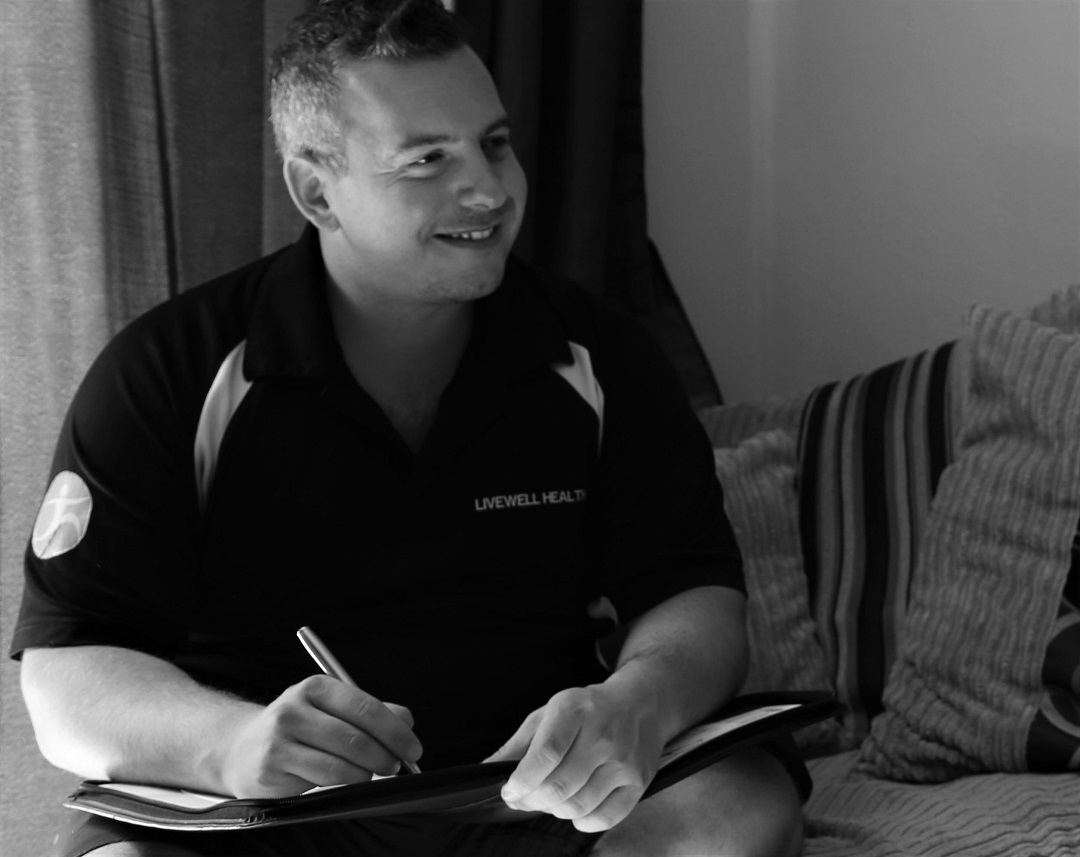Importance Of A Strong Back
Here are some dumbbell exercises that can be performed for the back:
1. Bent-over rows: Hold a dumbbell in each hand and hinge at the hips to lean forward, keeping your back straight. Pull the dumbbells up towards your chest, keeping your elbows close to your sides. Lower the dumbbells back down and repeat.
2. One-arm rows: Place one knee and one hand on a bench, and hold a dumbbell in your other hand. Pull the dumbbell towards your chest, keeping your elbow close to your side. Lower the dumbbell back down and repeat, then switch sides.
3. Renegade rows: Start in a push-up position with a dumbbell in each hand. Keeping your core tight, lift one dumbbell towards your chest, keeping your elbow close to your side. Lower the dumbbell back down and repeat on the other side.
4. Reverse fly’s: Stand with your feet shoulder-width apart, and hold a dumbbell in each hand. Hinge at the hips to lean forward slightly, and lift your arms to the sides until they parallel the floor. Lower the dumbbells back down and repeat.
5. Shrugs: Stand with your feet shoulder-width apart, and hold a dumbbell in each hand. Lift your shoulders towards your ears, save for a second, then lower them back down and repeat.
Remember to use the proper form and choose an appropriate weight for your fitness level. Start with a lighter weight and gradually increase as you get stronger.
If you are experiencing back pain, back weakness or are just interested in finding out more in relation to back exercises with dumbbells. Please speak to one of our personal trainers or exercise professionals on info@livewellhealth.co.uk or bu phone on 0330 043 2501


